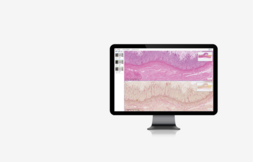Emerging benefits of multidisciplinary care
An increasing number of hospitals are beginning to adopt multidisciplinary team (MDT) approach to healthcare. It’s because this patient-centric approach has proven to be effective in improving the survival rate of patients with diseases too complex to be treated by any single medical specialty. For example, according to the Samsung Medical Center’s cohort study of HCC patients*, the five-year survival rate was 21.8% higher for patients who received multidisciplinary care compared to those who didn’t.
Patients are showing growing interests in multidisciplinary care as it enables them to get more engaged in their own treatment process. Without having to make separate visits to each medical department, they can get a comprehensive summary of medical opinions and treatment plans from a team of specialists.
Reimbursement policies are on the way as well. For example, since 2015, tertiary general hospitals in Korea have been eligible to receive MDT reimbursements up to five times for each patient. This is applicable for treating patients with severe conditions such as cancer, cerebral hemorrhage, cardiovascular diseases, chronic renal failure, hemophilia, tuberculosis and more. In addition, the Korean Ministry of Health and Welfare has announced an approx. 30% increase in MDT reimbursements to facilitate the practice of MDT care even more. The increased rate is applied to eligible multidisciplinary teams as of October 2020.
*Sinn DH, Choi G-S, Park HC, Kim JM, Kim H, Song KD, et al. (2019) Multidisciplinary approach is associated with improved survival of hepatocellular carcinoma patients. PLoS ONE 14(1): e0210730. https://doi.org/10.1371/journal.pone.0210730.
Limitations of the current MDT workflow
Despite the growing interests in multidisciplinary care from the medical community, patients and the government, there are still some practical limitations to overcome.
① Widely dispersed patient data
The key to multidisciplinary approach lies in the consolidation of data. All patient data must be brought together before the members of MDT can carry out organic discussions and combine their multilateral expertise to provide the optimal treatment for the patient. However, this is difficult to achieve in the first place because in most hospitals patient data is widely dispersed throughout various medical departments.
② Lack of MDT workflow support
The process of preparing for and carrying out multidisciplinary care is quite complicated, being that it requires various specialists from multiple departments to take part. And since each department uses its own data management system, each of the MDT members has to collect and organize his/her own set of patient data prior to each MDT meeting. While radiologists can directly open up patient images using PACS, they still need to go through high-volume CT/MRI exams image by image prior to the meeting. Others usually prepare their materials in PowerPoint format. And they would have to open up and discuss over each file during the meeting. This is why a dedicated workflow support system is needed to minimize the members’ work load and streamline the complex MDT workflow.
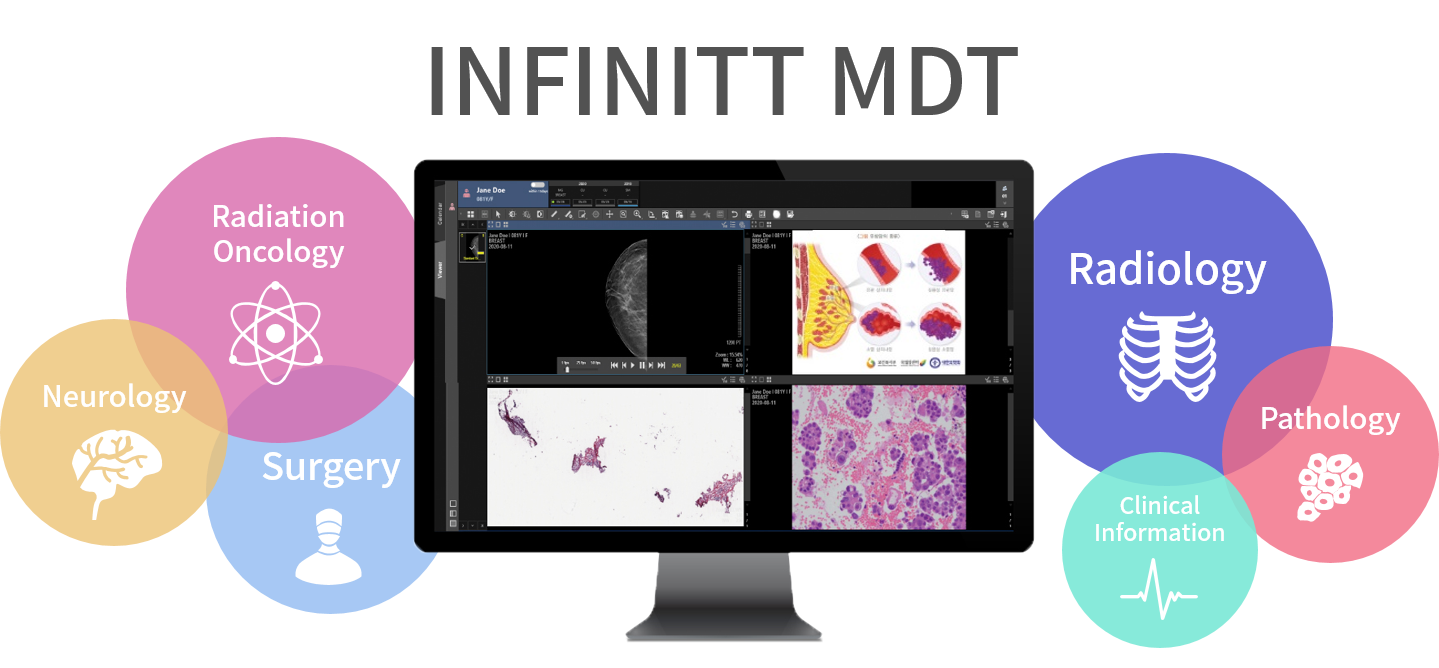
A dedicated tool for multidisciplinary teams
INFINITT MDT is a dedicated MDT workflow management solution. It brings together data created throughout different departments with the patient at the center, and makes the consolidated data available for application in the patient’s diagnosis and treatment.
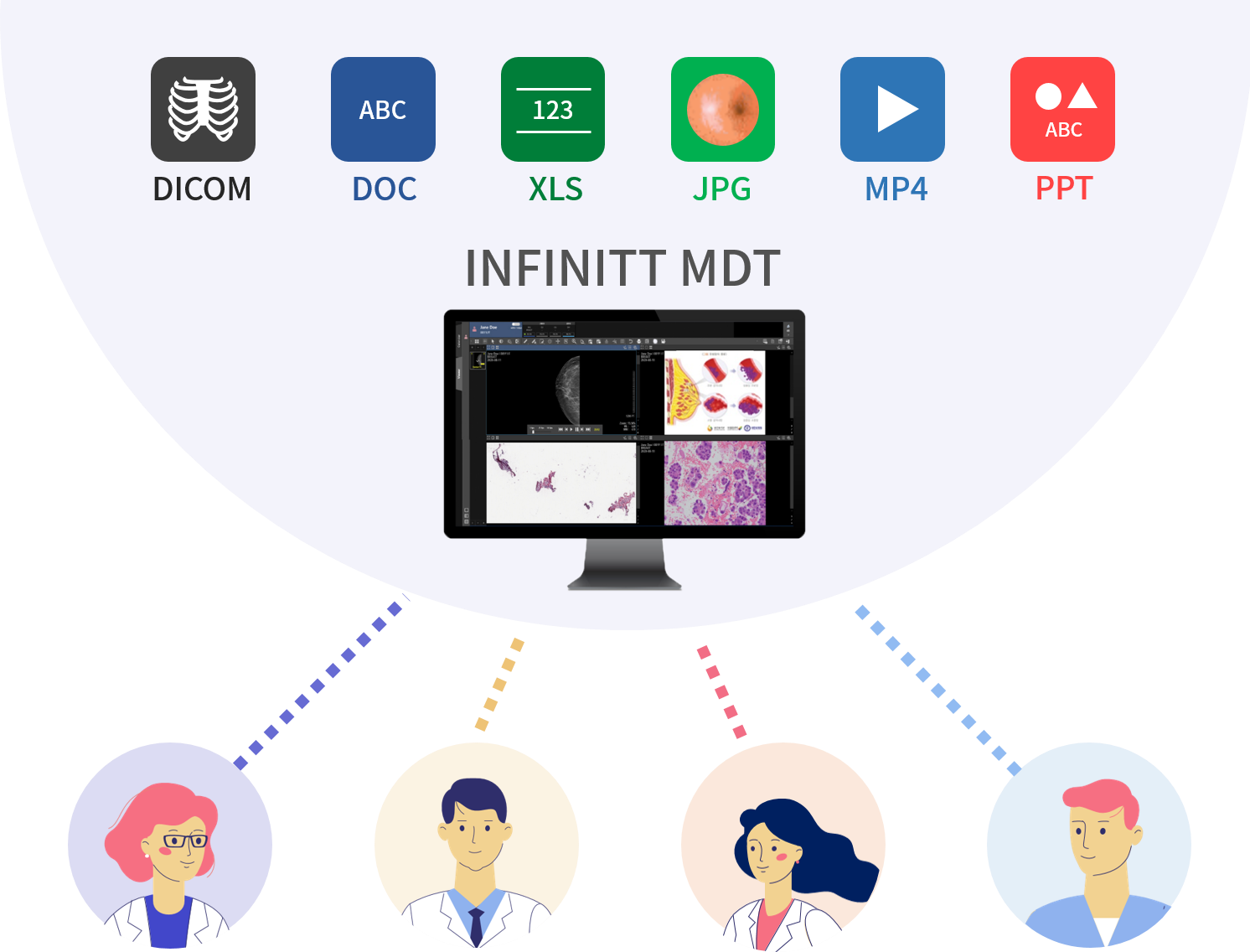
Making it easier to take part in MDT care
All participating physicians can check all related patient records from EHR and any upcoming MDT meeting schedules directly on INFINITT MDT. Plus, they can easily upload any meeting materials to INFINITT MDT from departmental solutions like INFINITT PACS or INFNITT Digital Pathology Solution with a click of a button. The images are automatically saved in the same layout they were being reviewed. Thus, participating physicians no longer have to put in a lot of resources into preparing materials for MDT discussions.
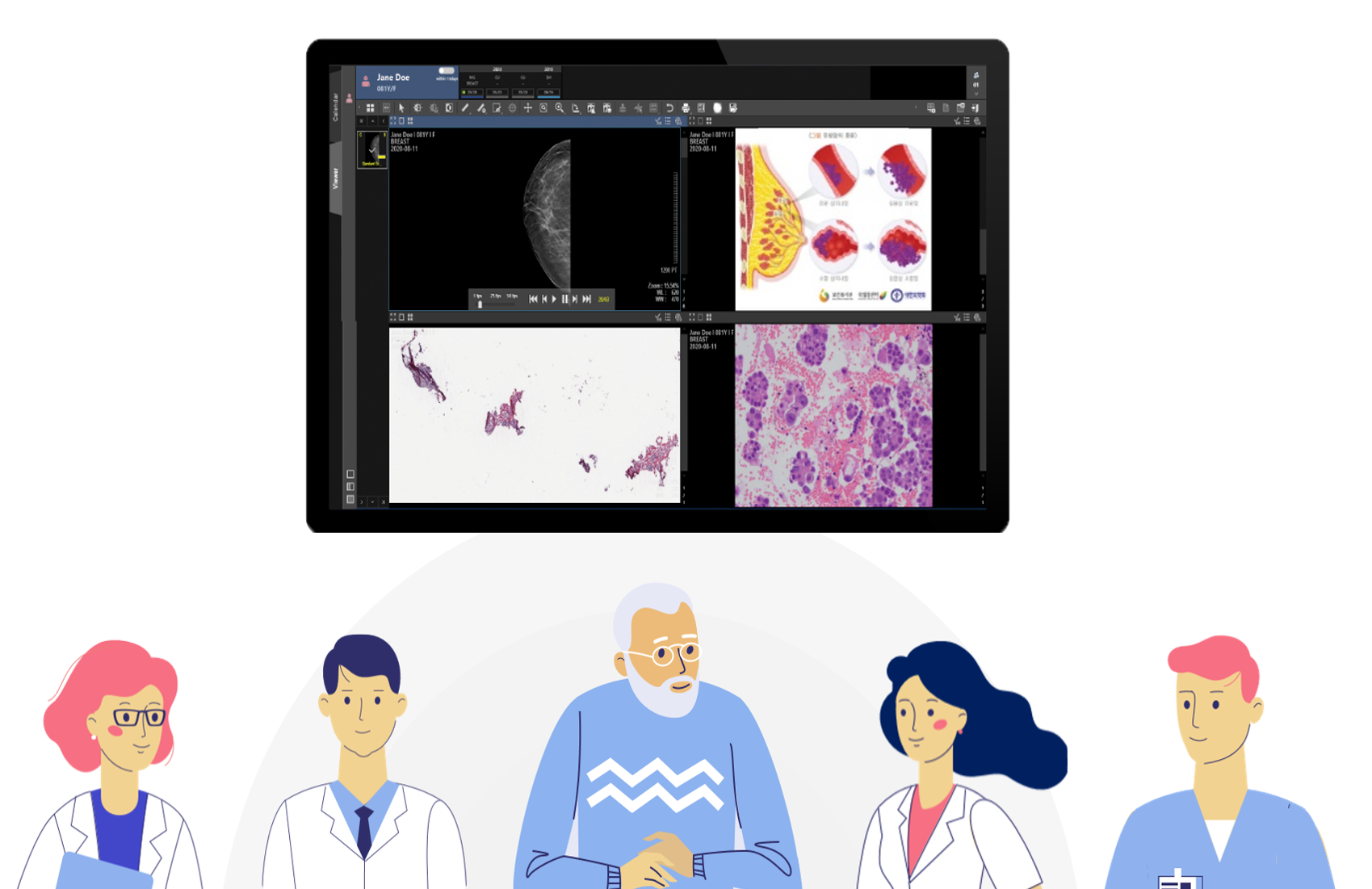
Enhancing the efficiency of MDT discussions
On the day of MDT meeting, the participants can simply open up and discuss over a pre-uploaded set of patient data on INFINITT MDT. While this enables physicians to dive right into in-depth analysis of patient conditions from multilateral perspectives, it also helps patients to better understand their results and treatment options.
MDT as a part of enterprise imaging
Multidisciplinary care is one of the many possible examples of how you can make use of the patient data integrated and managed through enterprise imaging. In other words, it’s a good place to start your own enterprise imaging strategy.
-
Product Essay
영상의학과의 데이터 활용, INFINITT Enterprise Search로 쉽고 빨라집니다
#INFINITT_Enterprise_Search #영상의학과 #데이터활용

-
Product Essay
INFINITT DoseM으로 시작하는 체계적인 방사선량 관리
#INFINITT_DoseM #방사선량_관리 #dose_management
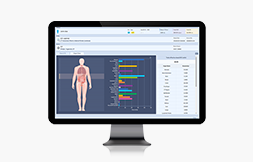
-
Product Essay
의료 데이터를 바라보는 새로운 관점, INFINITT와 시작하는 데이터 자산화
#데이터_자산화 #enterprise_imaging #INFINITT_Healthcare_Platform
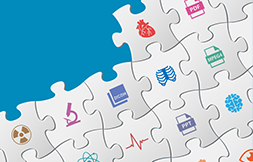
-
Product Essay
INFINITT PACS 7.0이 영상의학의의 새로운 역할을 지원하는 세 가지 방법
#INFINITT_PACS #인공지능 #협업 #판독_효율성_향상
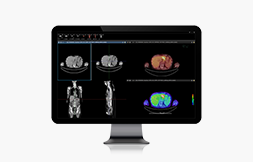
-
Product Essay
INFINITT MDT와 함께하는 효율적인 다학제 진료
#다학제진료 #INFINITT_MDT
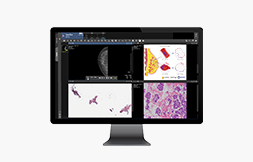
-
Product Essay
Enterprise Imaging, 의료 영상 및 데이터 통합 전략
#enterprise_imaging #의료영상데이터통합 #데이터공유 #다학제진료 #빅데이터 #AI
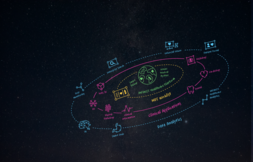
-
Product Essay
INFINITT Digital Pathology Solution으로 구현하는 디지털 병리 워크플로우
#디지털병리 #INFINITT_Digital_Pathology_Solution
